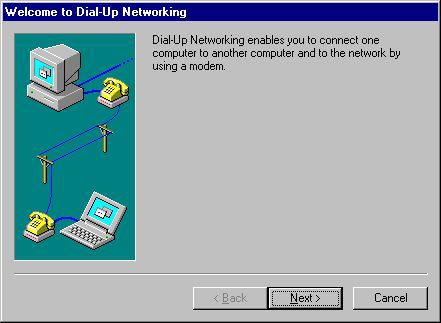When dinosaur lives longer than mammoth...
This time we'll talk about Internet. I had to find two technologies found before 1991. One should be dead, while the second one still alive.
I decided to search through fundamentals... the technologies, which we need for access to our beloved Facebook (I wanted to remove my account about 3 years ago, but can't do this, as schools, moto clubs and other social groups still use it for sharing of information... so I ought to "love" it), Instagram, Delfi or something else (my blog is open, so we'll not count all sites which we can visit).
I searched through the technologies invented for connection between computers, servers and so on. Indeed, the internet is the network of connections between IT appliances, right?
 And what I found... and was surprised... is that the Dial-Up Modems and Dial-Up Connection are alive.
And what I found... and was surprised... is that the Dial-Up Modems and Dial-Up Connection are alive.
58 year ago, the first commercial modem Bell 103 was sold by AT&T (1). Before that the modems were used in American SAGE air-defense system for connection between airbases, radars and control centers.
Oh, I forgot to give you a link to a soundtrack of this topic.
I decided to search through fundamentals... the technologies, which we need for access to our beloved Facebook (I wanted to remove my account about 3 years ago, but can't do this, as schools, moto clubs and other social groups still use it for sharing of information... so I ought to "love" it), Instagram, Delfi or something else (my blog is open, so we'll not count all sites which we can visit).
I searched through the technologies invented for connection between computers, servers and so on. Indeed, the internet is the network of connections between IT appliances, right?
 And what I found... and was surprised... is that the Dial-Up Modems and Dial-Up Connection are alive.
And what I found... and was surprised... is that the Dial-Up Modems and Dial-Up Connection are alive.58 year ago, the first commercial modem Bell 103 was sold by AT&T (1). Before that the modems were used in American SAGE air-defense system for connection between airbases, radars and control centers.
Oh, I forgot to give you a link to a soundtrack of this topic.
I like the sound.
So, the first commercial unit was as fast as snail in comparison with the 56K Modems we know. It has speed of 300 bits per second only.
The core concept of the fastest and current one was created in year 1996 by Brent Townshend,(2) the Canadian inventor and electrical engineer. The 56K modem itself arrived to the market in 1997 and still alive, while we blame the 4G or broadband for slow-downs in connection sometimes. I even can't imagine how long does it take to load this blog with 56K connection, but such providers as NetZero, AOL, People PC, Turbo USA, EarthLink and June still offer the Dial_Up in some rural areas without access to broadband.(3)
The other old technology for connection, which left this world already, is the Asynchronous Transfer Mode technology (ATM).
Developed in 1970s, it took a part in history of ISDN development. It was designed for high-performance multimedia networking and implemented in NIC (Network Interface Cards), switches and hubs.(4) The difference between IP and ATM is that the ATM encodes data into small fixed-sized packets and transfers them in 53 bytes frames (cells), while IP uses variable sized packets and frames.(5). In year 1997 approx. half of companies involved in networking supported ATM, while others supported IP and Ethernet. It was a war of standards (6). In year 1998 the Institute of Electrical and Electronics Engineers publishes new Gigabit Ethernet standard IEEE 802.3z (7), which extended the operating speed to 1000 Mb/s, ATM top speed was 622 Mb/s (8). The Gigabit Ethernet was cheaper and easier for use, but still required optical fiber wire for connection, so the ATM started to lose LAN, but still has WAN. From year to year the market share of ATM in small networks decreased and in the first decade of 2000s the ATM was used widely in global networks.
The development of MPLS in year 2001 was the final nail in the coffin of ATM. In year 2005 the ATM, Frame Relay and MPLS Forums merged into one MFA Forum, which was renamed as IP/MPLS Forum in year 2007. Year before, the Broadband Forum posts specification TR-101 for Migration from ATM to Ethernet-Based DSL Aggregation. In 2009 the IP/MPLS Forum joined the Broadband Forum and one year later, the MPLS was offered for the next generation transport in networks(9).
As per today, we even can't find the specification of ATM on their site. (The archived version still here)
Sometimes the world of IT looks like a miracle for me, where the dinosaurs like Dial-Up modems live longer than Mammoths like ATM.


Comments
Post a Comment